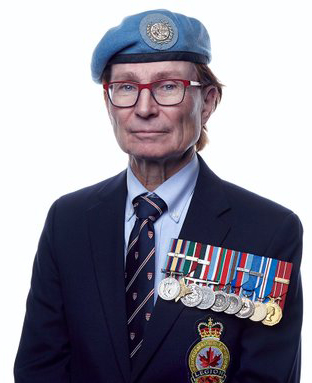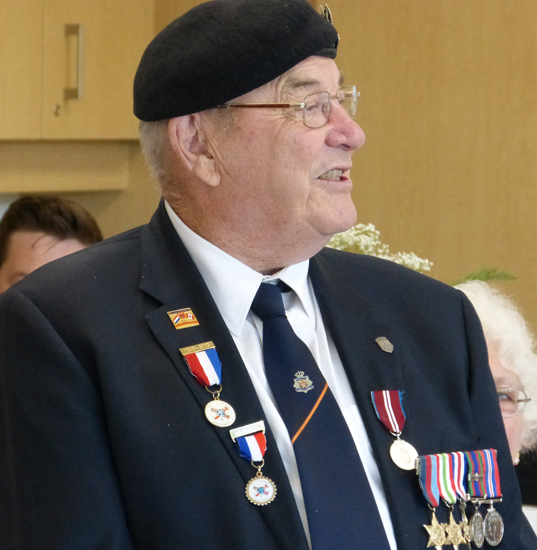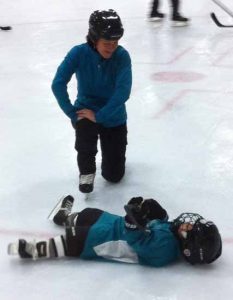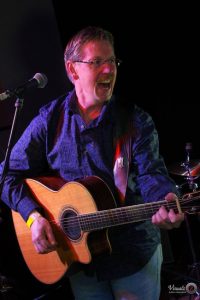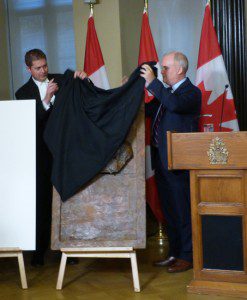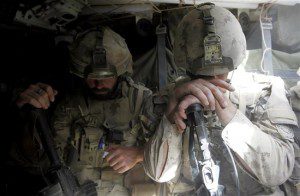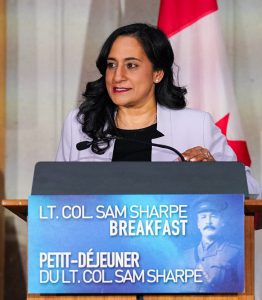
It was a morning dedicated to dealing with invisible wounds among veterans. It brought together former soldiers and first responders who are coping with trauma, support groups trying to help them, and politicians finding workable solutions to post-traumatic stress disorder in Canada.
Among the first to speak, Anita Anand, the minister of national defence, climbed the podium steps on Tuesday to address the gathering. She paused, scanned the faces of those present and offered a personal note.
“This is a difficult time for the military community,” she said. “I wish to recognize and remember officer cadets Jack Hogarth, Andrei Honciu, Broden Murphy and Andres Salek.” (more…)
